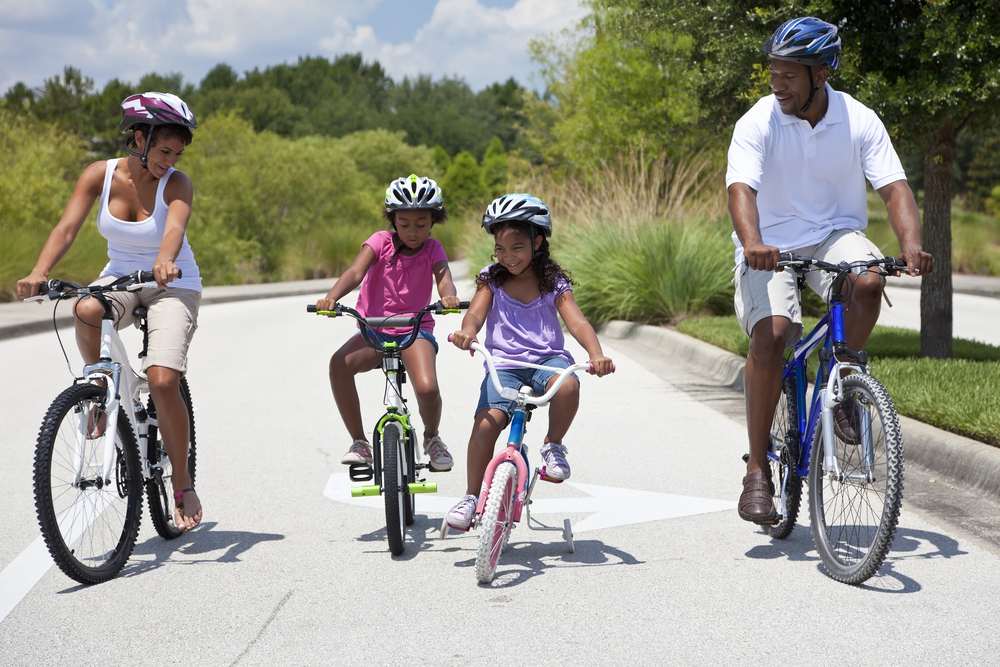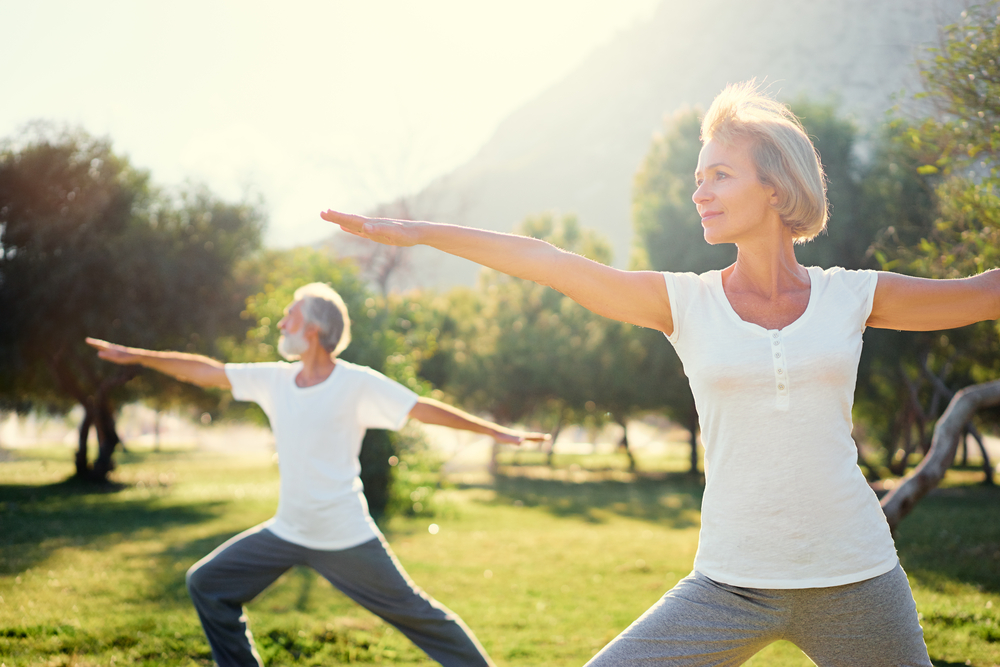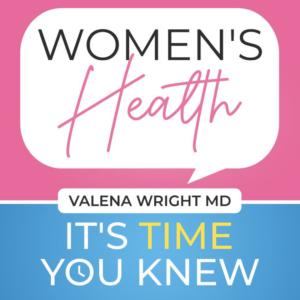It often takes a health crisis, such as getting cancer, to motivate us to change unhealthy behaviors. We know how important making time for physical activity is, yet it’s challenging to break the habits we form in childhood. The relationship each person establishes with being active during their youth often sticks with them through their adult years.
Growing up in Canada, the thought of gliding on ice was what pulled me out of bed, even an hour or two before sunrise. I’d wake up at 5:45 a.m., cut through my neighbor’s backyard – if the snow wasn’t too deep – and be on the ice at 6:00 a.m.
Anyone who was late earned extra push ups for the entire team. Truthfully, I wasn’t always on time… Not exactly the best way to make friends.
Making Time for Physical Activity
As a women’s cancer surgeon, I see daily the impact of physical inactivity on the body. How active someone is can be the difference between being discharged to home or to an assisted living facility after surgery.
You need core strength – which you can build in exercises like planks – to get out of bed. You need lower body strength – which can be maintained through exercises like squats – to stand up from a chair.
Age-related muscle mass and function loss, known as sarcopenia, starts in most adults after age 30. Physical inactivity accelerates this, resulting in a loss of up to 5% of your muscle mass each decade.
Even sitting more than six hours a day – the norm for most people these days – increases your risk of breast, colon, and uterine cancer. Pre-operative CT imaging studies have correlated maintained muscle measurements not only with surgical outcomes but also with prognosis after cancer surgery.
Finding time to be physically active isn’t always easy but I make it a priority. Much like eating, it’s something we must do to sustain our health.
During medical training, my pager was pretty much the only thing to get me out of bed. After finishing my fellowship – just when I thought I had my sleep back – it was my identical twin daughters getting me up. And they took turns, I think.
Disparities in Physical Activity Levels
I regularly witness the consequences of women being less physically active than men at all ages. On top of this, physical activity (PA) markedly decreases for women the older they are. A major driver of this midlife change for women is having children.

Now here’s the vicious cycle: a key determinant in children adopting a physically active lifestyle – especially in lower socioeconomic groups – is having parent role models to support them in being active, and, ideally, being active together. In other words, how active (or inactive) one’s parents are often determines his or her lifelong relationship (or lack thereof) with activity.
“A Review of Distinct Trajectories of Physical Activity and Related Factors During the Life Course in the General Population; A Systemic Review” by Lounassalo et al. is the first review that defined distinct life trajectories based on activity levels and examined the impact of behavior over time in respect to PA. The key takeaway? Those with persistent PA benefit from a lower mortality rate and better physical functioning.
A few studies clearly reflect why I, as a surgeon, see what I see daily in my work. One of them, examining women’s health and the diagnosis of uterine cancer speaks volumes; a cohort of 425 women with a new uterine cancer diagnosis were followed for a median of 14.5 years to demonstrate the impact of higher PA on overall survival and being disease free. The strongest positive associations were experienced by women who maintained high levels of PA throughout their pre-diagnosis lifetime and into their uterine cancer survivorship.
Get Started to Improve Outcomes
Knowing that more recreational physical activity – especially after the diagnosis of uterine cancer – improves disease-free and overall survival of women is the reason I discuss and write exercise prescriptions for my patients.
Only 17% of U.S. adults meet the American Cancer Society Guidelines for physical activity of just 150 minutes/week of moderate exercise, such as brisk walking. For children 420 minutes/week, or one hour per day, are recommended.
Making time for physical activity changes your life trajectory and significantly impacts your health and your children’s future! And, if you are diagnosed with uterine cancer, you can improve your prognosis by increasing your level of PA starting today.
This is my call out to you: take the first step. Start for yourself, for your family, for me, and all your healthcare providers. Once you take that first step, each step after is easier. There are many tools to help: app-based supports, your healthcare team, friends, family and pets!
Symptom of the month: Muscle Pain (Myalgia)
When is muscle pain a symptom of an underlying medical issue rather than a healthy response to exercise?
Localized muscle pain is most often related to stress, overuse, or minor injury. Muscle pain throughout the body – unrelated to physical activity – may represent an underlying systemic illness such as the “flu,” fibromyalgia, or a side effect of a medication. If exercise-induced muscle pain is recurrent and does not resolve with a little TLC, talk to your doctor. Proper hydration, nutrition, regular stretching, and posture/technique are key in preventing exercise-induced injuries.



Recent Comments